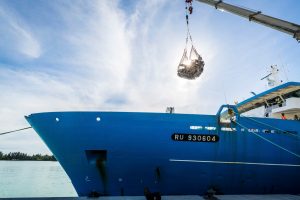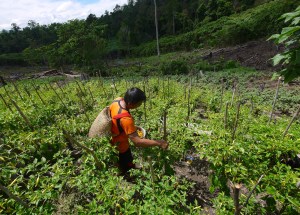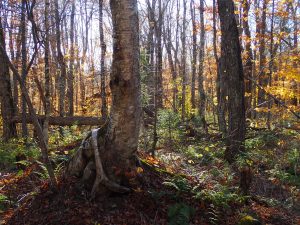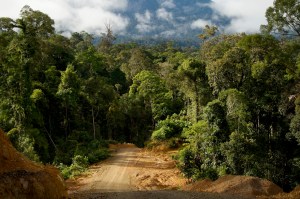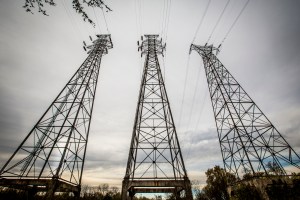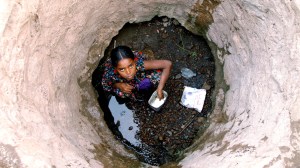Discover stories in Tackle Climate Change
Fields on Fire: Can Agricultural Alternatives Mean Cleaner Air in India?
Agriculture burning contributes significantly to air pollution in India, a country with some of the least healthy air in the […]
Planning for the Future in a Warming Ocean
As climate change makes natural systems more unpredictable, the past is no longer a reliable predictor of the future
Deforestation Exposes Rural People to Dangerous Heat Stress
Rural Indonesians are changing their behavior as deforestation creates increased local temperatures.
Can Migrating Birds Adapt To Climate Change?
Migratory birds are facing changing insect hatches and tree blooms. How can they adapt? And how can you help?
Seeing the Forest for Its Carbon Storage
In Maine, carbon offsets markets provide a new revenue stream to keep forestlands as forestlands.
Human Health At Risk As Tropical Forests Disappear
Widespread forest clearing in Indonesia could be putting people’s health at risk, as trees provide powerful cooling services.
Which Sources of Blue Carbon Measure Up to the Mitigation Challenge?
New research shows that coastal habitats — mangrove forests, tidal marshes, and seagrass meadows — have the most potential amongst marine systems to act as long-term carbon sequestration solutions.
Batteries that Run on Blood?
Yes, blood—specifically the part of hemoglobin that transports oxygen—significantly improves lithium-oxygen battery efficiency.
Progress in the Search for Better Battery Tech
A new paper by Conservancy NatureNet Science Fellow Won-Hee Ryu may ultimately help scientists overcome one of the most intractable technological obstacles to wholesale adoption of clean energy.
Species On the Move: Mapping Barriers for Wildlife in a Warming World
As the planet warms, some species will need to relocate to areas with suitable climate conditions for survival. New research reveals that only 41 percent of the natural land area in the United States retains enough connectivity to facilitate this migration.
10 Unexpected Impacts of Climate Change
Climate change will affect your health, your sports, even what you drink. A look at some of the more unexpected impacts.
Mapping Reduced-Impact Logging with Lidar
Nature Conservancy scientists are using lidar ⎯ light pulses beamed down from airplanes ⎯ to map reduced-impact logging in Indonesia.

